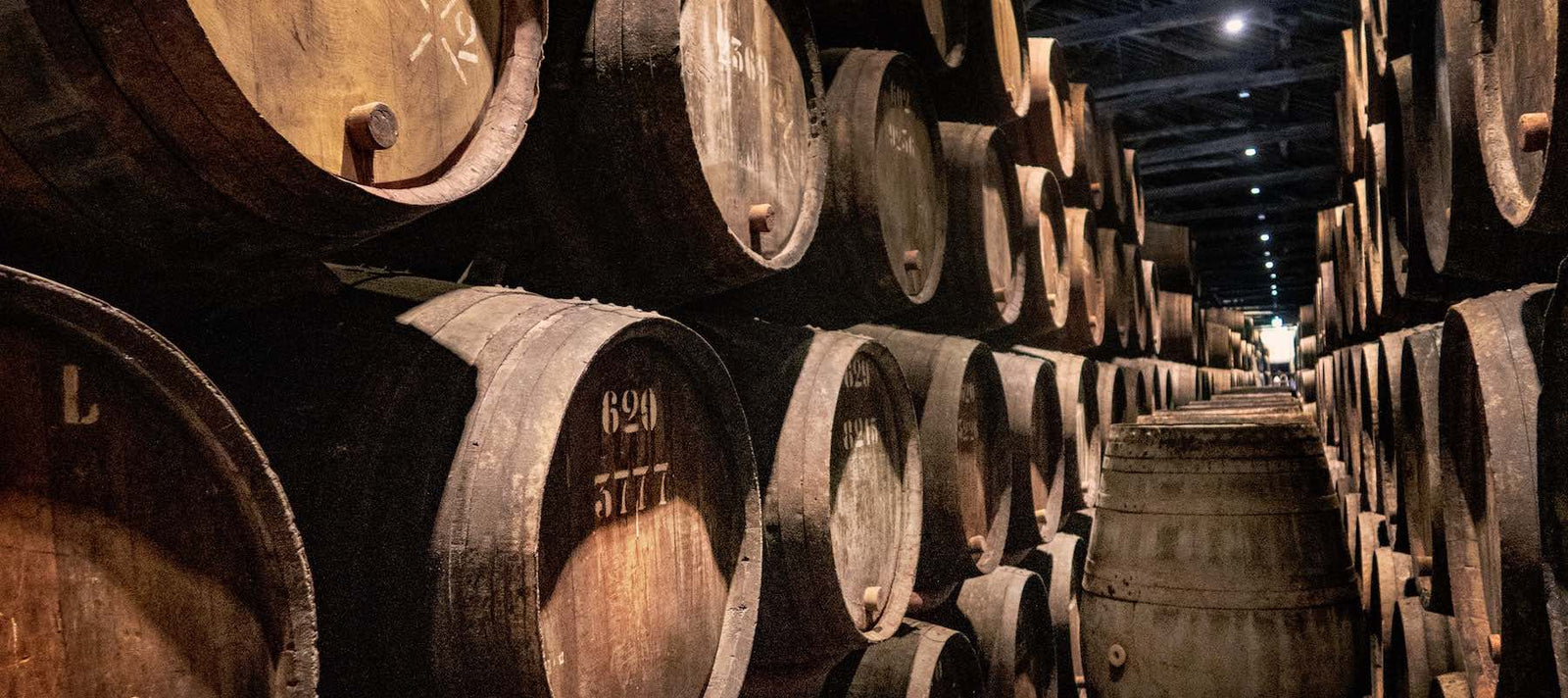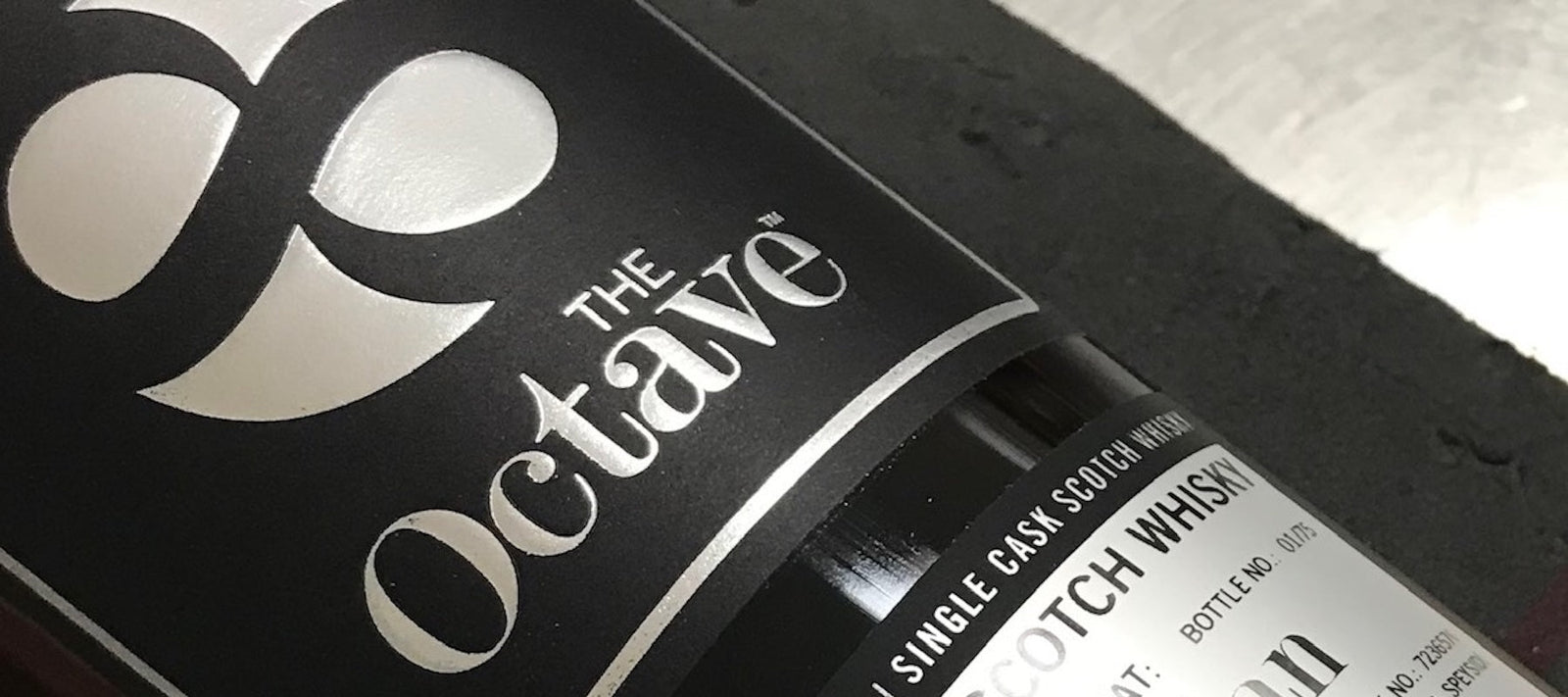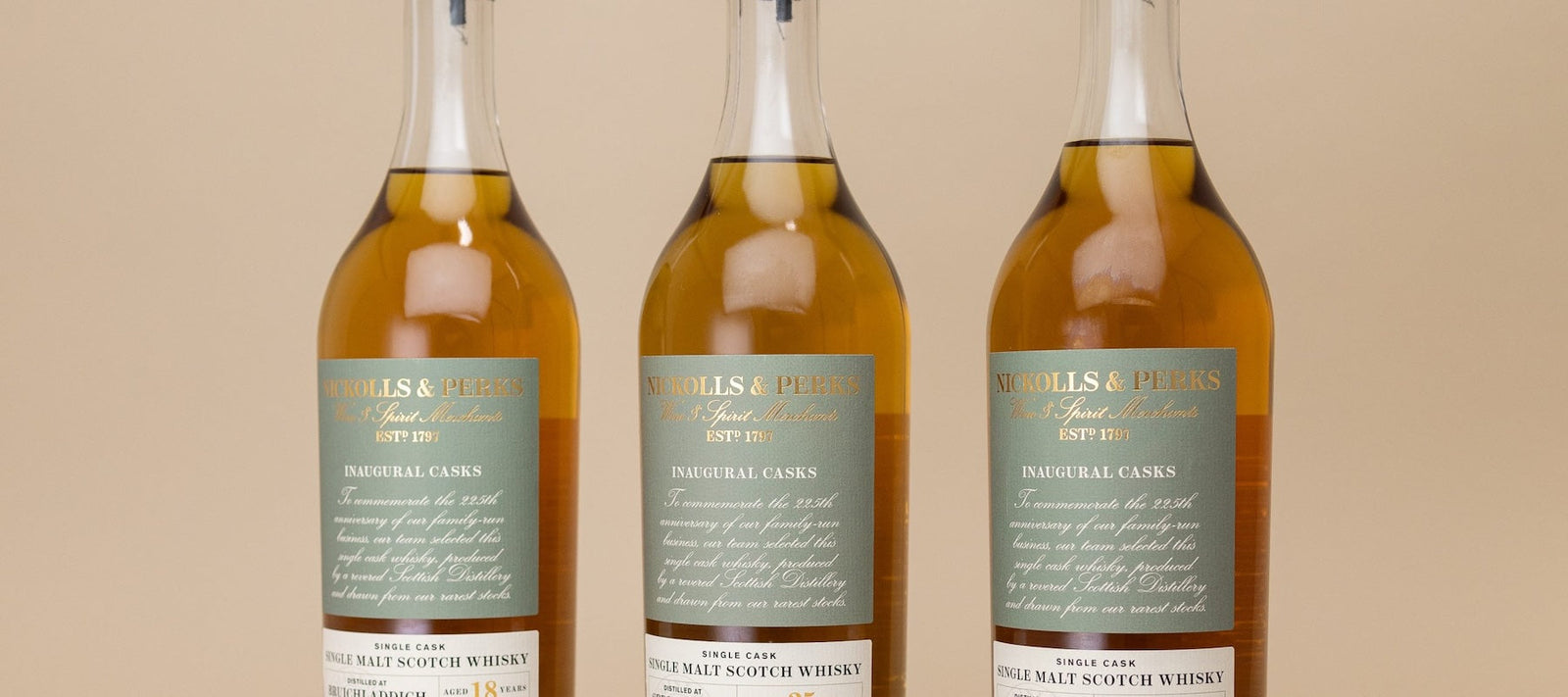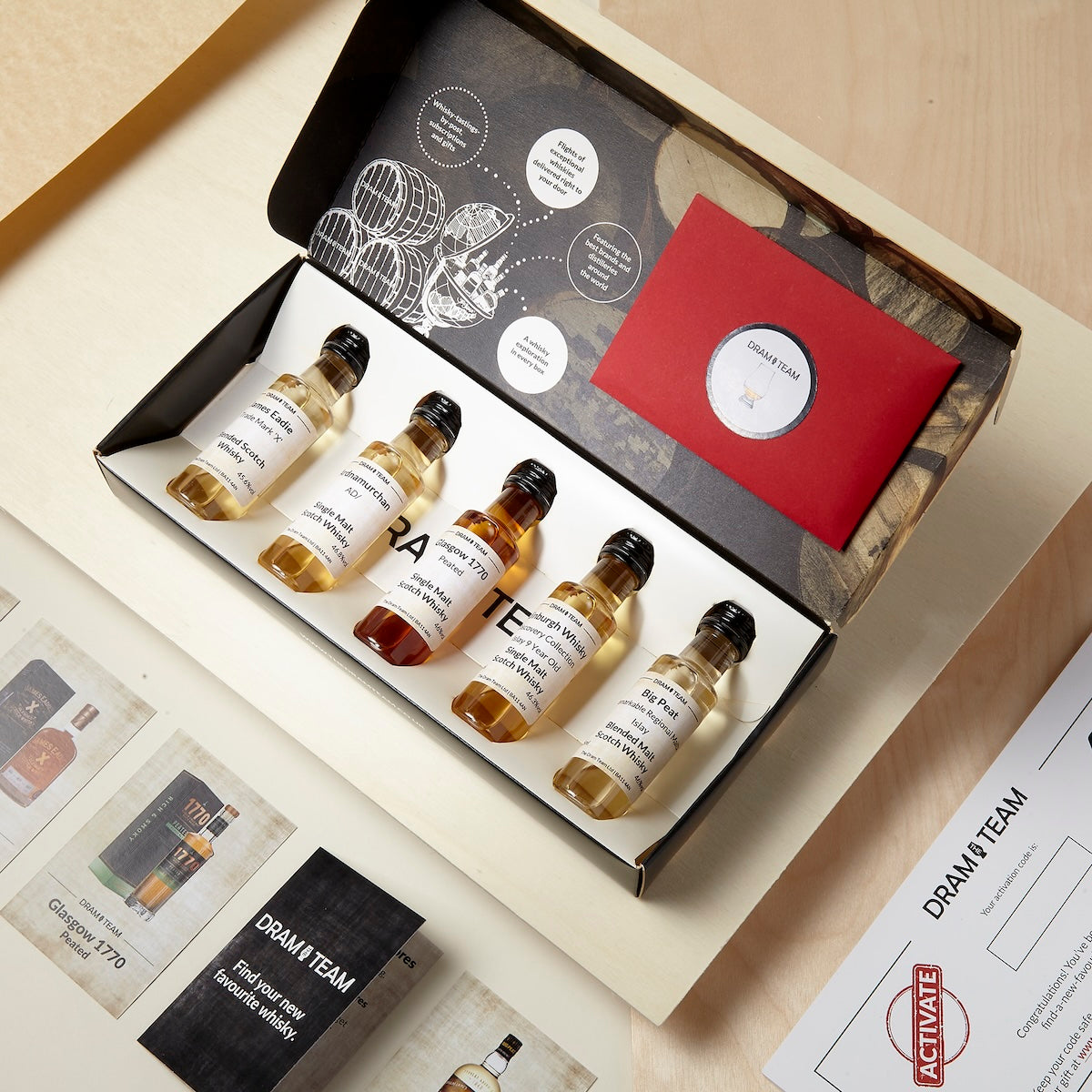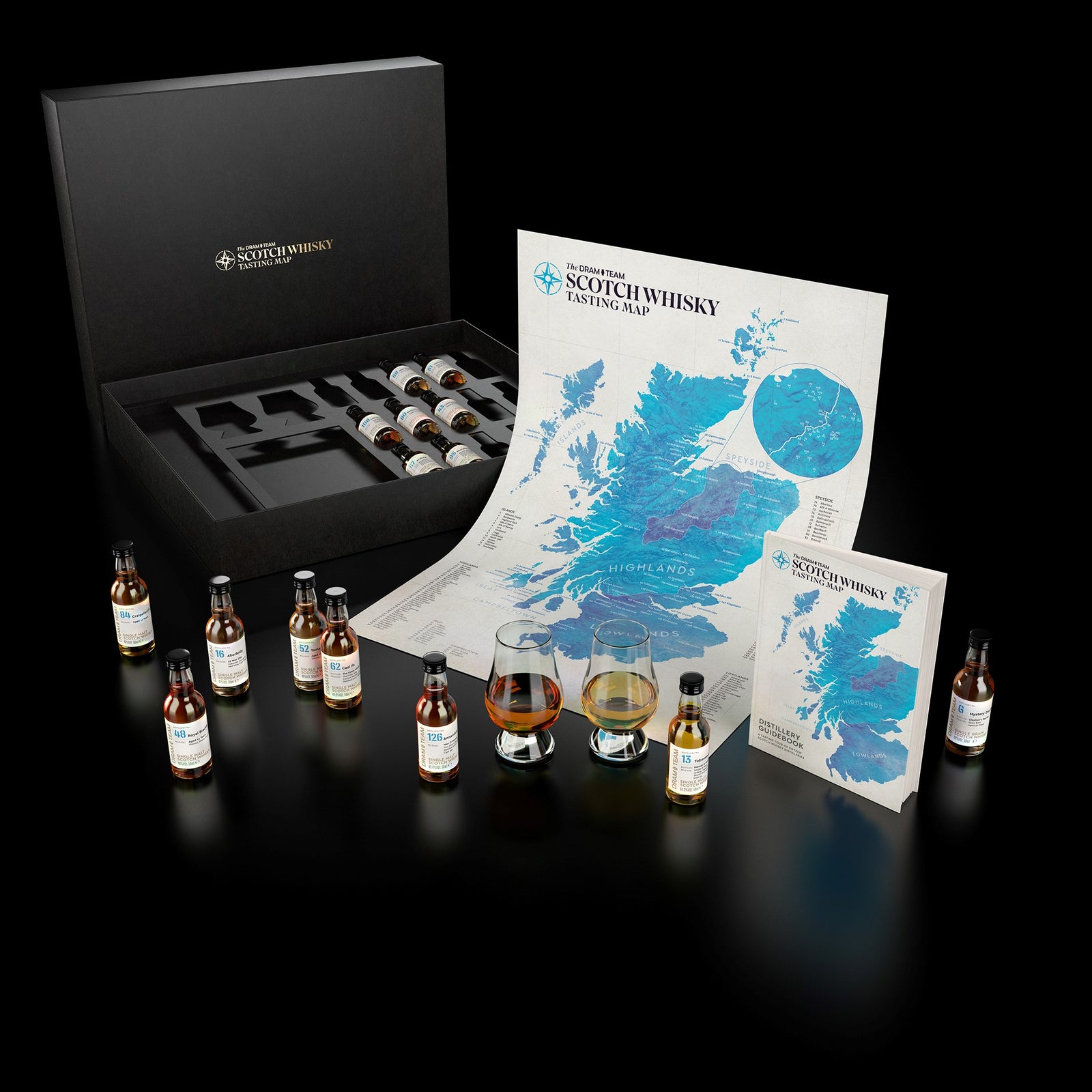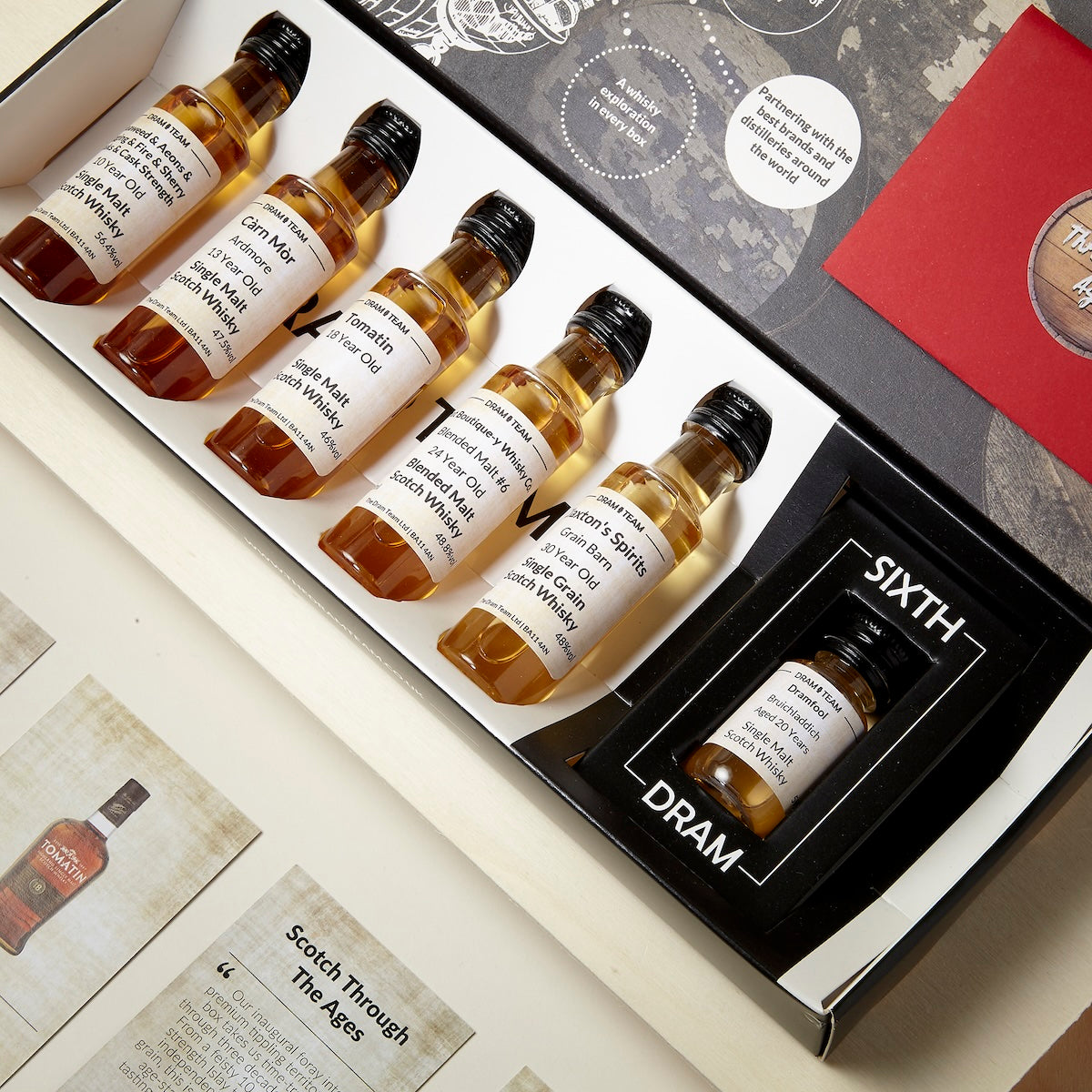I love a sherry cask whisky. Particularly at this time of year. The sherry influences brings red fruit, body, and spice. Great when it's cold and dark, and suitably festive for Christmas. Indeed, we have quite a thing for sherry cask whiskies at Christmas, here at The Dram Team. We have an annual tradition to focus on this style of whisky for our December box. As we've done with A Very Sherry Whiskymas 2021.
In this blog I'd like to take a closer look at what we mean by sherry cask whisky, and some of the key styles you may come across. It's a fascinating area. While many whiskies carry the sherry tag, there are many subcategories and nuances within this style.
What is sherry?
Sherry is a fortified wine made from white grapes in Spain. The key sherry producing Spanish region is Andalusia. It starts life much like a wine. But after fermentation grape spirit is added to the base liquid. This increases the alcohol content, earning it the name "fortified" wine.
A history of sherry casks in one paragraph
This style of whisky was discovered somewhat by accident. Historically, sherry was a popular import into the UK. It arrived 'in bulk' in wooden casks, and was decanted into bottles when bought by customers. This left the empty casks as a by-product. Some canny soul saw an opportunity to reuse those empty sherry casks, rather than let them go to waste. And while it may have started as simple convenience, people soon realised the whisky was actually enhanced by those sherry casks.
What is a sherry cask whisky?
At it's simplest, a sherry cask whisky is a whisky that has been aged in a wooden cask that has previously held sherry. Sherry casks can be used to make whisky in a few ways; three common approaches are:
- Full term maturation in sherry. This is where the whisky is put into a sherry cask on Day 1, and stays in that cask until it's bottled.
- A sherry finish. In this case the whisky ages for a period of time in an initial cask, often ex-bourbon. The whisky is then transferred (or "re-racked") into a cask that held sherry. This approach layers the sherry flavour profile onto the whisky, building out the overall character. How long the whisky spends in the sherry cask during this finishing period can vary greatly. An average would be around the 3 to 6 month mark. But it could be up to a year or two in some cases; almost a second maturation period.
- Sherry casks within a cask recipe. A single malt may draw upon a number of casks to create the final whisky. Including a portion of sherry casks in the recipe is a way of introducing this style of flavour, together with other flavour profiles - for example ex-bourbon.
Types of sherry associated with whisky
As with whisky, there are lots of kinds of sherry. Each has its own character, and each imparts it's own influence onto a whisky. The two most common sherries used in whisky making are Oloroso and Pedro Ximénez.

Here's a broader list of the types of sherries used to make whiskies, and the impact they have on whisky:
- Amontillado: notes of dried nuts, tobacco, and floral herbs
- Fino: notes of almonds, pastries, and grassy herbs
- Manzanilla: a dry characteristic with salty notes, and a floral edge.
- Moscatel:dry, delicate character with floral notes.
- Oloroso: notes of red fruits, berries, milk and nut chocolate.
- Palo Cortado: rich and sweet with notes of spice and fruits.
- Pedro Ximénez: sweet notes of dark red fruits, raisins, plums.
Sherry cask whiskies are delicious. If you haven't tried any yet, I'd highly recommend exploring this style. If you are a fan of sherry cask whiskies, let me know what your favourite is in the comments below.
And if you enjoyed reading this article then you may enjoy our blog about unusual casks used to make whisky.

